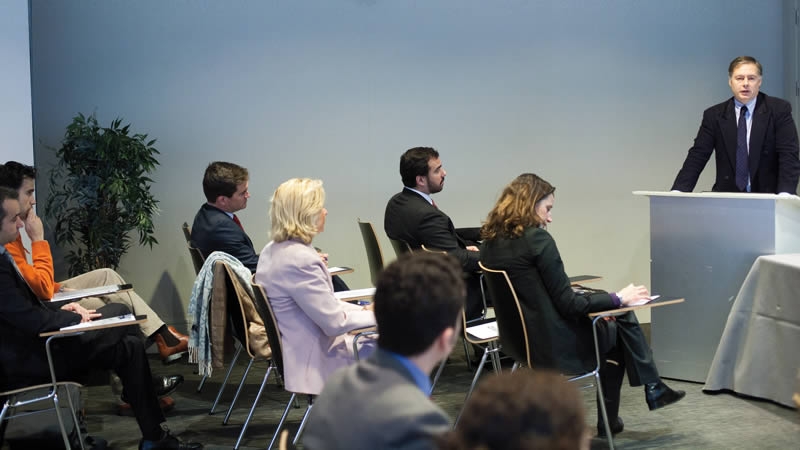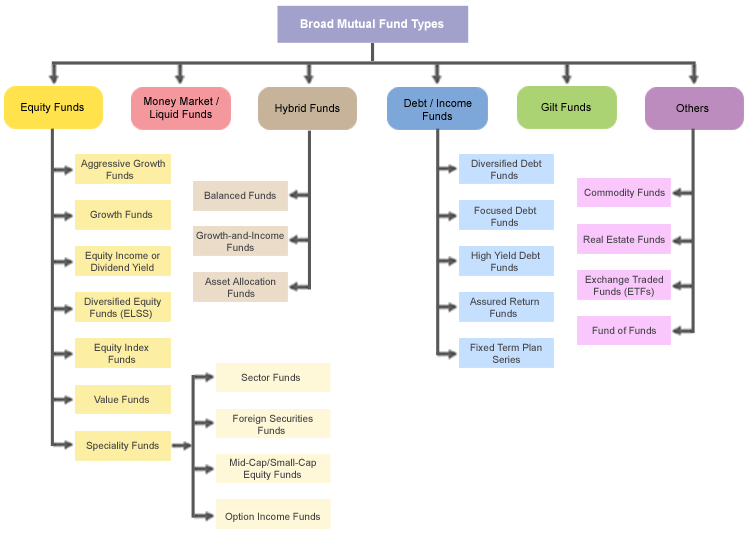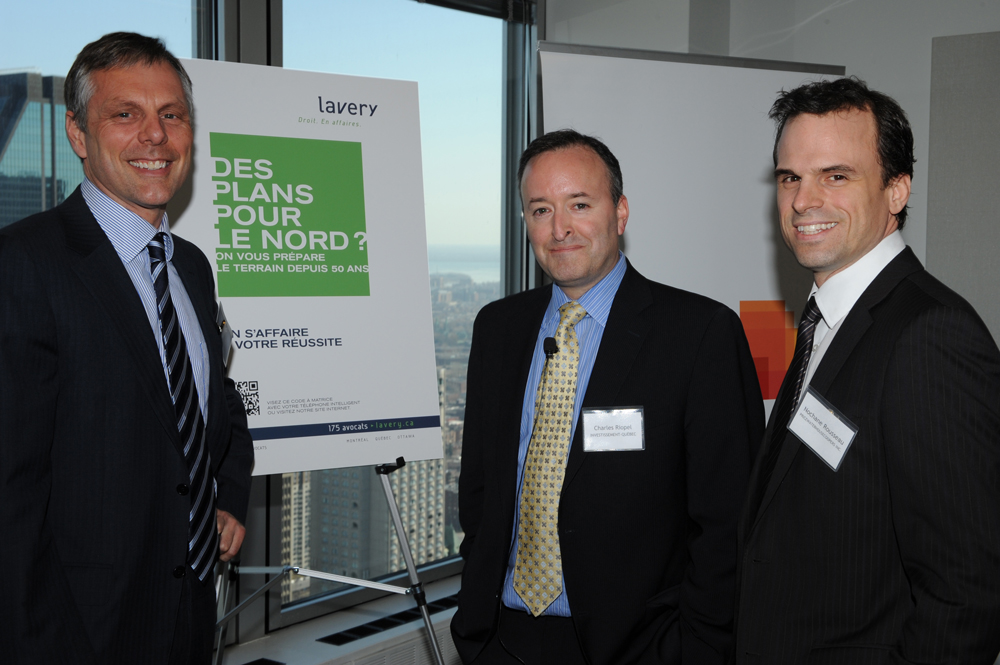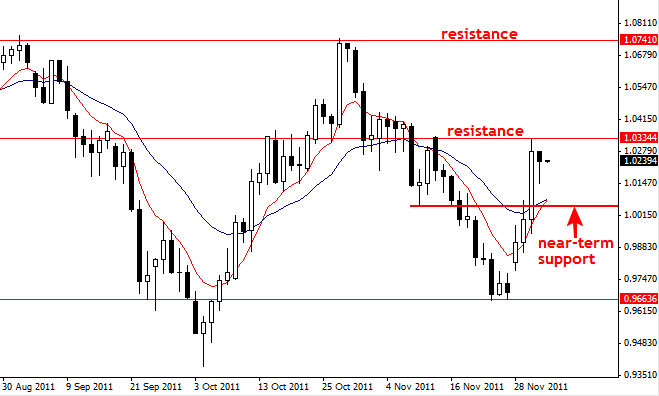International finance is the examination of institutions, practices, and analysis of cash flows that move from one country to another. There are several prominent distinctions between international finance and its purely domestic counterpart, but the most important one is exchange rate risk. Exchange rate risk refers to the uncertainty injected into any international financial decision that results from changes in the price of one country's currency per unit of another country's currency. Examples of other distinctions include the environment for direct foreign investment, new risks resulting from changes in the political environment, and differential taxation of assets and income.


The level of international trade is a relevant indicator of economic growth worldwide. Foreign exchange markets facilitate this trade by providing a resource where currencies from all nations can be bought and sold. While there is a heavy volume of foreign exchange between some countries, such as the United States and Canada, other countries with little international trade may have only intermittent need for such transactions. Current exchange rates of one country's currency versus another are determined by supply and demand for these currencies. As an example of an exchange rate, consider a recent rate at which U.S. dollars (US$) could be exchanged for Canadian dollars (C$): US$0.65 per C$1. This implies that a Canadian dollar can be purchased for US$0.65 and conversely, a U.S. dollar can be purchased for C$1.54 (or 1/0.65). These current rates are also called spot rates.
In addition to international trade, there is a second motivation for international financial activity. Many firms make long-term investments in productive assets in foreign countries. When a firm decides to build a factory in a foreign country, it has likely considered a variety of issues. For example: Where should the funds needed to build the factory be raised? What kinds of tax agreements exist between the home and foreign countries that may influence the after-tax profitability of the new venture? Are there any government-imposed restrictions on moving profits back to the home country? Do the forecasted cash flows of the new venture enhance the parent firm's exposure to exchange rate fluctuations or does it lessen this exposure? Are the economic and political systems in the foreign country stable?
The short-term motive for foreign exchange (trade) and the long-term motive (capital formation) are related. For example, for most of the 1980s Japan maintained a sizable balance of trade surplus with the United States. This is because Japan exports more to the United States than they import from the United States, resulting in a flow of funds from the United States to Japan. This was also a period, however, when Japan provided considerable capital investments in automobile plants and other U.S. securities. These investment funds from Japan far outweighed the flow of investment funds moving from the United States to Japan. While some motivation for Japan's large investment in U.S. assets is strategic, the overall result is an inflow of investment funds from Japan that offsets the outflow created by the trade imbalance.
By the late 1990s the Japanese economy was in a deep recession. This made the trade imbalance even more extreme as demand for U.S. exports declined precipitously. The lack of appealing domestic investment alternatives in Japan, however, encouraged Japanese investors to pursue international options. Again, the flow of investment funds tends to offset the trade imbalance. While the two motives for foreign exchange do not always offset, they typically do for major trading partners over longer periods.
THE NATURE OF EXCHANGE RATES AND
EXCHANGE RATE RISK
Consider two developed countries, A and B. If A and B are trading partners and make investments in each other's country, then there must also be a well-developed market for exchange of the two currencies. From A's perspective, demand for B's currency will depend on the cost of B's products when compared with domestic substitutes. It will also depend on investment opportunities in B compared with those available domestically in A. Likewise, the supply of B's currency depends on the same issues when examined from B's perspective.
Ignoring everything else, A will demand more of B' s currency if it can buy it more cheaply. For example, if the exchange rate moves from 2 B per 1 A to 3 B per I A, imports from B become cheaper since it costs A's residents fewer units of their own currency to buy them. Conversely, if the exchange rate moves to 1.5 B per 1 A, the cost of imports has risen and demand for B's currency will fall. The supply of B's currency will change for the same reasons, but the change will be in the opposite direction. If B's citizens can trade the same number of their own currency units for fewer units of A's currency, they will offer less currency for exchange. At some exchange rate, the supply of B's currency will exactly satisfy the demand and an equilibrium, or market-clearing rate, will be established.
This market-clearing exchange rate does not stay in one place. This is because of a variety of events including: (1) changes in the relative inflation rates of the two countries, (2) changes in the relative rates of return on investments in the two countries, and (3) government intervention. Examples of government intervention include quotas on imports or restrictions on foreign exchange. As a brief example of how the market-clearing exchange rate can move, suppose that the current equilibrium exchange rate is 2 B per I A. Next, consider new information that indicates investors can achieve a higher rate of return on investments in B while returns on investments available domestically in A remain the same. As investors in A realize this, they have greater interest in making investments in B. This increases the demand for B's currency and means that investors in A are now willing to pay more for a unit of B's currency. B's investors, however, now see that investment prospects in A have deteriorated in relative terms. They are less interested in making these investments and will supply fewer units of B's currency in exchange for A's currency. The dual influences of A's investors becoming more eager to buy B's currency and the increased reluctance of B's investors to offer their currency indicates that the market clearing exchange rate must be different than the prior rate of 2 B per I A. In this example, to reach equilibrium, the rate should move to a point where I unit of A's currency can be exchanged for less than 2 units of B's currency. This movement can be interpreted as a weakening of A's currency and a strengthening of B's currency.
Specific movements in the market-clearing exchange rate can be modeled by a several economic equalities called parity conditions. Three specific parity conditions are commonly used to model exchange rate equilibrium. Purchasing power parity indicates that currencies experiencing high inflation are likely to weaken while those experiencing low inflation are likely to strengthen. The international Fisher effect indicates that currencies with high interest rates will tend to strengthen while currencies with low levels of interest will weaken. A third parity condition, interest rate parity, indicates that exchange rates must move to a level where investors in either country cannot make a riskless profit by borrowing or lending a foreign currency.
EXAMPLES OF EXCHANGE RATE RISK
Since forecasts of future inflation rates, interest rates, and government actions are uncertain, exchange rates are also uncertain. This means that an investment that will pay its return in units of a foreign currency has an uncertain return in the home currency. For example, suppose an investor in A bought a security B for 100 B. This one-year investment has a guaranteed return of 10 B, or 10 percent. If the exchange rate remains at a constant 2 B per I A over the life of the investment, the investor must initially commit 50 A to exchange for 100 B to make the investment. After one year, the 110 B returned (including the 10 B in interest) is exchanged for 55 A. The profit of 5 A on an investment of 50 A represents a 10 percent return to the investor from A. If, however, the exchange rate moved to 1.8 B per 1 A during the year, the investor would now receive the same 110B from the investment, but when converted to the home currency, 61.1 A is received. This represents a profit of 11.1 A on an investment of 50 A, or 22.2 percent. Note that the return is amplified because B's currency strengthened during the holding period. Likewise, if the exchange rate moved to 2.2 B per 1 A, the return of 110 B translates to 50 A and a rate of return of 0 percent.
As another example, suppose an importer in country A purchases a quantity of goods from an exporter in country B and agrees to pay 1,000 B in 90 days. The importer is now obligated to make a foreign exchange transaction and must purchase the units of B's currency at the exchange rate that prevails in 90 days. Since that rate is likely to be different from the current rate, the importer is exposed to exchange rate risk. One common method for reducing this exposure is to enter into a forward contract to buy B's currency. A forward contract is an agreement to trade currencies at a specified date in the future at an exchange rate determined today. By purchasing the needed currency through a forward contract, the importer can eliminate concern with exchange-rate volatility by locking in a specific rate today.
TYPES OF EXPOSURE TO EXCHANGE
RATE RISK
Exposure to exchange rate fluctuations can be placed into three categories: translation, transaction, and economic. Translation exposure refers to the changes in accounting profits that result from reporting requirements. Transaction exposure is created when the firm enters into agreements that will require specific foreign exchange transactions during the current period. The example of the importer in the previous paragraph would be classified as transaction exposure. Economic exposure is the need for foreign exchange transactions and exposure to exchange rate fluctuations that results from future business activities.
If a firm can measure its transaction exposure, it has the option to reduce or eliminate this risk by netting payments and receivables among foreign subsidiaries and other trading partners. Any exposures that cannot be eliminated by netting can be hedged by taking various positions in foreign currency forward or futures contracts. Suppose the importer used in a previous example had agreed to make payments in several different foreign currencies during the upcoming 90-day period. An initial measure of transaction exposure could be obtained by computing the value of each of the obligations using the spot exchange rate for each currency. The sum of these values, measured in the home currency, would provide a gross measure of transaction exposure. This measure, however, may overstate the true level of exposure if the importer also has receivables in these same currencies. Since foreign currency receivables offset payment obligations in the same currency, the more relevant measure of exposure is the net of payables less receivables.
Once a firm has properly measured its transaction exposure to exchange rate fluctuations, it can opt to reduce the risk by engaging in a practice called hedging. Hedging is a technique of eliminating or limiting losses due to unfavorable movements in exchange rates. For example, a U.S. importer with a large payment denominated in Canadian dollars due in 90 days may enter into a forward contract to purchase that currency when needed. A forward contract is an agreement to exchange currencies at a specific date in the future for a specific exchange rate determined at the time the agreement is made. Although the spot rate 90 days later may be materially different from the forward rate specified in the contract, both parties now know exactly what the other currency units will cost. In this way exchange rate risk can be effectively neutralized. Other financial instruments such as futures contracts and options can also be used to reduce transaction exposure. Foreign currency futures contracts are similar to forward contracts but are more standardized and, as a result, can be purchased or sold very quickly. This means that futures contracts can be used when transaction exposure is likely to change. For example, if a firm agrees to purchase two million Canadian dollars using a futures contract and subsequently finds out that they will only need one million, they can quickly sell some of the contracts and reduce their protective hedge to the proper level. Forward contracts do not offer that flexibility. Foreign currency options can also be used to build a cap on the potential cost of an upcoming foreign currency purchase or a floor under the value of revenue from an upcoming foreign payment.
Economic exposure to exchange rate fluctuations is often more difficult to manage. The Japanese automobile manufacturer Toyota provides a prominent example of this exposure and its management. This company developed a very sizable market in the United States by initially producing an inexpensive, fuel-efficient vehicle. As time passed, Toyota developed a broader line of products to expand its share of the U.S. automobile market. Beginning in the early 1980s, however, the yen began to appreciate relative to the dollar. Even with constant dollar sales in the U.S. market, Toyota's revenues began to drop significantly when converted back to yen. Since the majority of their production costs were already yen denominated, this hurt their profitability. Toyota was reluctant to raise the dollar price of their products because they feared that they would lose market share. The firm had significant economic exposure because a large proportion of its revenues were denominated in dollars while most of its costs were denominated in yen. Toyota responded to this problem by building manufacturing facilities in the United States. This generated dollar-denominated production costs that could be used to offset dollar revenues. The result was a reduced need for foreign exchange and more stable corporate earnings in Toyota's home country of Japan.
Note that economic exposure results from having revenue and cost streams that have different sensitivities to exchange rate changes. This is very different from measuring the need for foreign exchange transactions during an upcoming period and hedging the cost. Economic exposure to exchange rate fluctuations cannot be hedged with simple financial instruments. It must be managed more dynamically and requires actions such as relocating production facilities, borrowing in foreign countries, and developing product markets in a more diverse set of countries.
COUNTRY RISK
Layered on top of the other sources of risk that make international business decisions unique from a financial perspective are the concerns with country risk. Country risk can be divided into two parts, economic risk and political risk. Economic risk refers to the stability of a country's economy. It embodies concerns such as dependence on individual industries or markets, the ability to sustain a vibrant level of activity and to grow, and the supply of natural resources and other important inputs. Political risk is more concerned with the stability of the government that manages the economy. It encompasses concerns such as the ability to move capital in and out of the country, the likelihood of a smooth transfer of power after elections, and the government's overall attitude toward foreign firms. Obviously, these two branches of country risk overlap significantly. There are a variety of services that provide in-depth assessments of country risk for virtually every country; multinational firms make considerable use of these services to form their own decisions regarding international projects.
In summary, the basic objective of international finance is no different than that of its purely domestic counterpart. The firm should attempt to identify profitable business opportunities that will provide benefit to the owners of the corporation. When these opportunities traverse an international border, a variety of new complexities arise in the financial analysis. Many of the new concerns with this analysis stem from the risk that is introduced by the need for foreign ex-change transactions in an environment of fluctuating exchange rates. Once these risks are identified, steps can be taken to address them. Short-term, specific sources of exchange rate risk can often be hedged using standard financial contracts. Longer term exposure to exchange rate risk requires more strategic management. Additional risks arise due to the potential for major shifts in foreign economic or political climates. It is the recognition, assessment, and management of risks such as these that provides the unique character of financial decision making in an international context.




































 face rules more stringent privacy and protection of personal information. What are these rules and how do they do not become an insurmountable obstacle at the time of claim? More than 80 people were present at the Conference Centre Lavery on 26 and 27 October last to hear about Marie-Andrée Gagnon (litigation, general insurance and personal insurance) and Loïc Berdnikoff (administrative law, information and privacy) this subject. During this event, participants have been encouraged to read the different legislative regimes applicable to insurers and others with whom they may interact and have received numerous tips regarding access to documents and information processing a claim.
face rules more stringent privacy and protection of personal information. What are these rules and how do they do not become an insurmountable obstacle at the time of claim? More than 80 people were present at the Conference Centre Lavery on 26 and 27 October last to hear about Marie-Andrée Gagnon (litigation, general insurance and personal insurance) and Loïc Berdnikoff (administrative law, information and privacy) this subject. During this event, participants have been encouraged to read the different legislative regimes applicable to insurers and others with whom they may interact and have received numerous tips regarding access to documents and information processing a claim.





